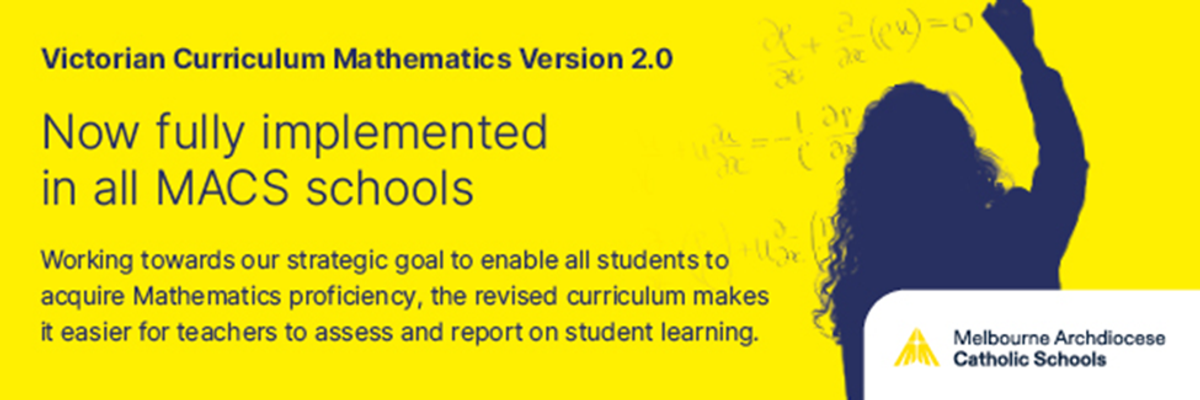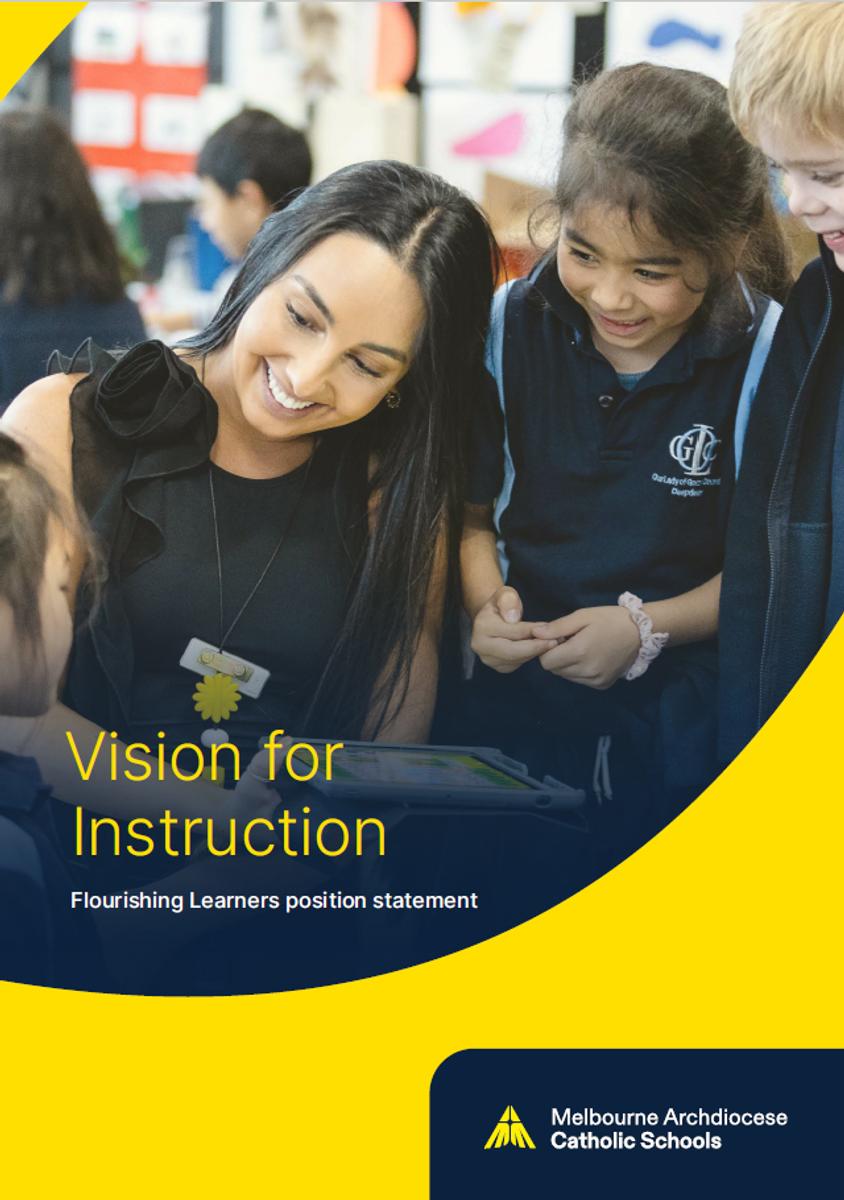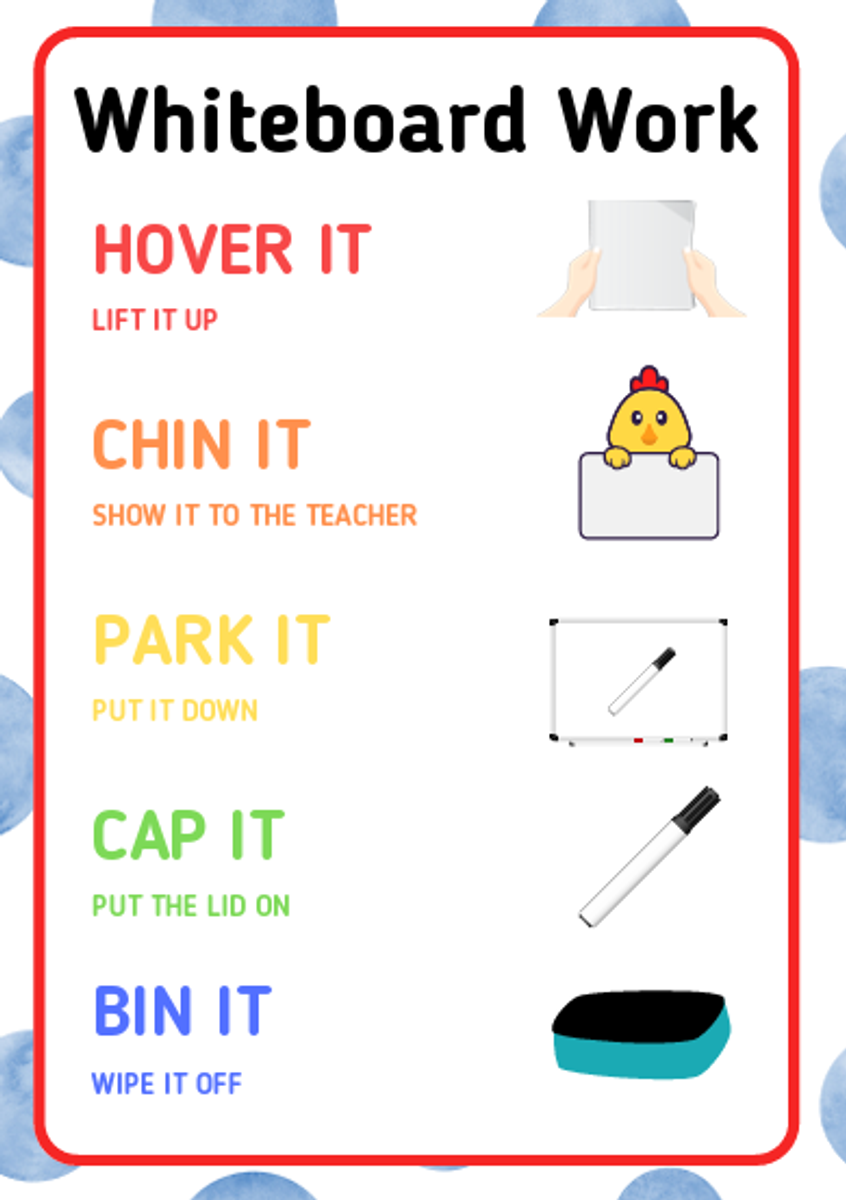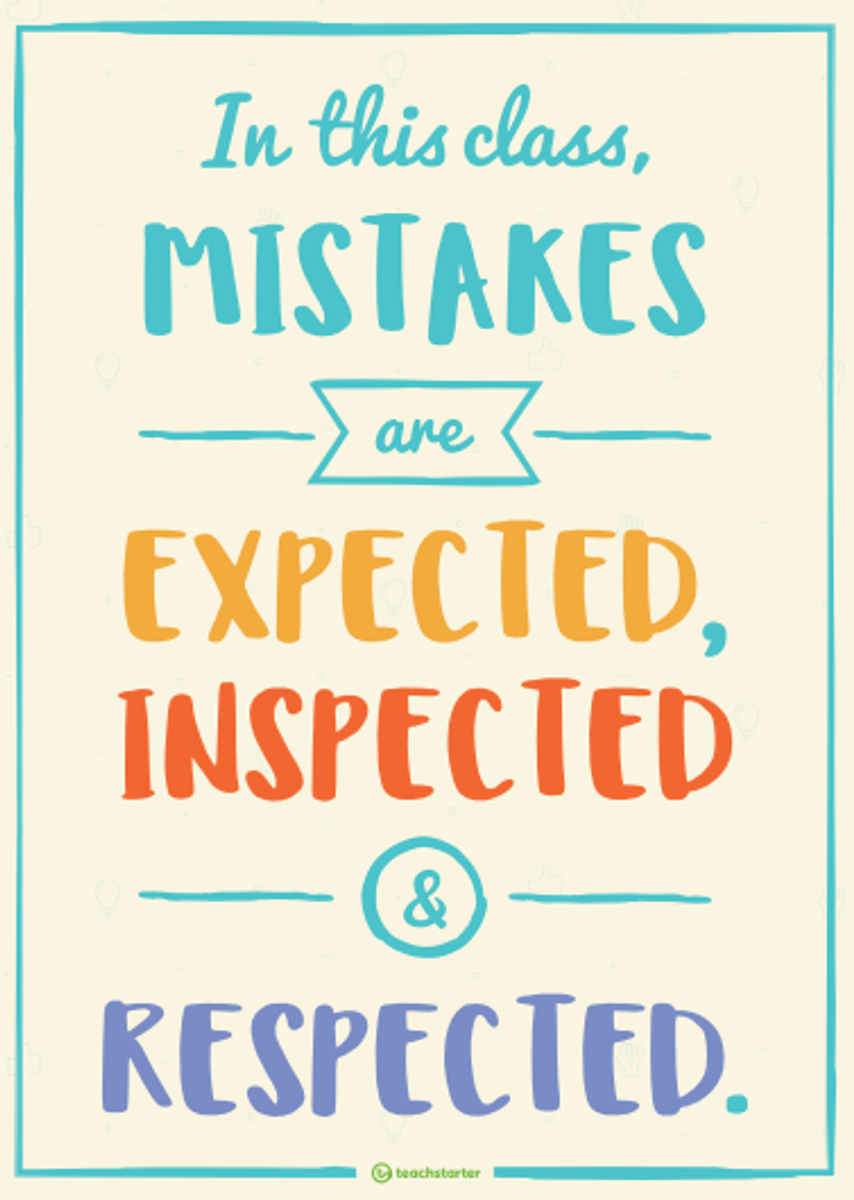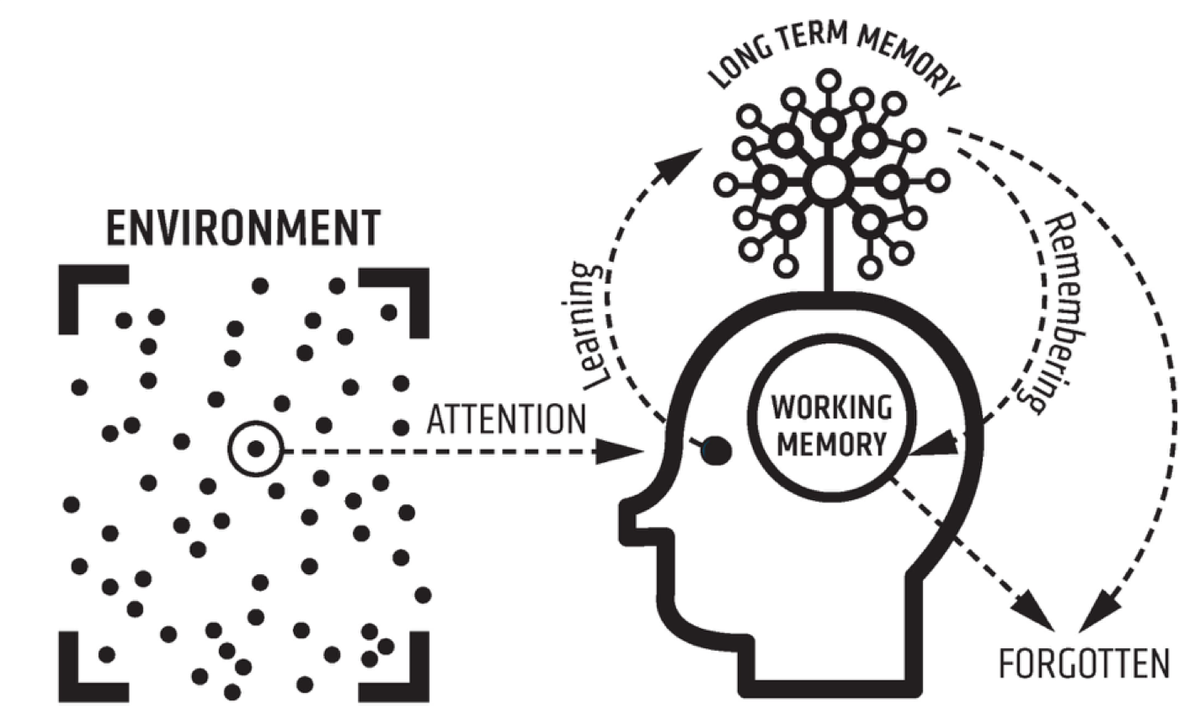Learning & Teaching

Reports
The staff here at SJV are busy writing reports at the moment. All families will receive their child/s report digitally on Wednesday the 2nd of July.
Accessing Your Child's Report via the nForma Parent Portal
We are pleased to inform you that from Wednesday, 2nd July, your child/children’s report/s will be available through the nForma Parent Portal, a secure online platform for accessing student information.
How to Access the nForma Parent Portal:
1. Using the nForma App:
Download the nForma Parent Portal app from the Apple App Store or Google Play Store.
2. Using the Web Portal:
Visit the nForma Parent Portal at https://portal.nforma.com.au/login.
Logging In:
Use the email address registered with the school to log in.
If you have forgotten your password, click on the "Forgot Password?" link on the login page.
A password reset email will be sent to you from no-reply@nforma.com.au. Please check your junk or spam folder if you do not see it in your inbox.
Viewing Your Child's Report:
After logging in, select your child from the list.
Click on "View Reports" or scroll to the bottom of the page to find the report.
Click on the "Download" link to download the PDF of your child’s report.
Need Assistance?
If you encounter any issues or have questions about accessing the portal, please contact Laura Heiberg (laura.heiberg@sjvparkdale.catholic.edu.au) or the office.
Thank you for your continued support.
Parent teacher interviews will take place late in Term 3 (16th and 18th of September). Students will finish at 1pm on Thursday the 18th of September
Curriculum Update: Revised Victorian Curriculum Mathematics Version 2.0
We are pleased to inform you that the Victorian Curriculum and Assessment Authority (VCAA). have revised the Mathematics Curriculum, as Version 2.0. This mathematics curriculum is now fully implemented in our school. Here are the key points you need to know:
New achievement standards: The revised Mathematics Curriculum includes changes to the achievement standards used by teachers to assess and report student learning from Foundation to Year 10.
Aggregated reporting: Under the new curriculum, teachers will report against the achievement standard as a whole, providing a single, aggregated score in Semester 1 and Semester 2.
Alignment with local curriculum: Our school’s teacher judgements align with our Mathematics Curriculum program.
Strand-level information: Our school has recorded and used information from each of the six strands in Mathematics Version 2.0 to provide feedback on student progress.
Holistic judgement: At a school our teachers use learning evidence from the strands taught each semester to make a holistic judgement that accurately reflects where your child is on the learning continuum for Mathematics Version 2.0.
We believe these updates will provide a clearer and more comprehensive understanding of your child's progress in Mathematics. Please note that due to the change in curriculum, the Semester 1 report will only show achievement, while the Semester 2 report will display both achievement and growth.
The Science of Learning at St John Vianney’s
At SJV, we believe that great learning comes not just from what is taught, but also from how it’s taught. We use research from the Science of Learning to help every child—from Prep to Year 6—develop strong thinking, literacy, and mathematics skills.
Follow this link to read more about the MACS Vision for Instruction. This plan ensures every student has a strong foundation in literacy, numeracy, and social skills, while promoting a unified, evidence-based approach to teaching. It provides teachers with the training and resources they need to support each student's success and meet their evolving needs. Read on to learn how this initiative will benefit your child’s learning journey.
Here are some of the research-backed strategies we use in the classroom to support your child's learning:
Mini Whiteboards
At SJV, one simple but powerful tool we’re using across classrooms is the mini whiteboard. These boards allow every student to actively participate in lessons by writing, drawing, or solving problems in real time. Whether it’s practising letter formation in Prep or solving mental maths in Year 6, mini whiteboards help make thinking visible. Teachers can quickly see who understands the concept and who needs more support, and students are more engaged because they all get to "have a go" at once. It’s a fun, low-pressure way to boost confidence, encourage participation, and deepen learning.
Safe Cold Calling
In our classrooms, we use safe cold calling to encourage all students to stay engaged and share their thinking. Instead of only asking those with raised hands, teachers invite different students to respond in a supportive way. This builds confidence, keeps everyone involved, and helps create a classroom where all voices are valued.
Daily Review
We start each maths lesson with adaily review to reinforce key concepts. This quick recap helps students refresh their memories, identify areas they need more practice, and build confidence. By revisiting important ideas regularly, these reviews also strengthen long-term memory, ensuring that concepts stick and can be easily recalled in the future.
Wondering how you can help at home? Here are some simple ideas.
To help your child strengthen long-term memory of essential skills like reading fluency and mental maths, here are some simple activities you can try at home:
Reading Fluency:
- Daily reading practice: Set aside time each day for reading together. Choose books at your child’s level to build confidence and gradually increase difficulty as they improve.
- Discussion and prediction: After reading, ask your child questions about the story, such as “What do you think will happen next?” or “Why do you think the character did that?” This strengthens comprehension and critical thinking.
- Re-reading favourite books: Encouraging your child to re-read books they love helps reinforce fluency and boosts confidence in their reading abilities.
Mental Maths:
- Quick quizzes: Have short, regular maths sessions where you ask your child mental maths questions, like addition or times tables. Aim for small, manageable bursts of practice.
- Times tables songs or chants: Turn learning times tables into a fun activity by using songs, chants, or apps that reinforce them.
- Everyday maths: Include your child in everyday activities that involve maths, like counting items at the grocery store or adding up prices.
Regular, consistent practice helps keep these skills fresh in their mind, turning short-term learning into long-term memory.

